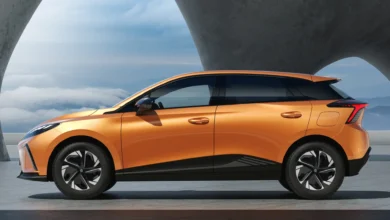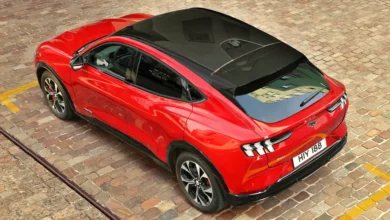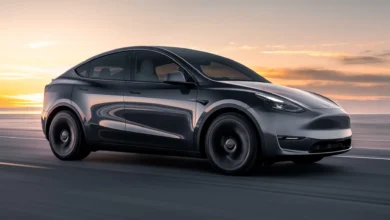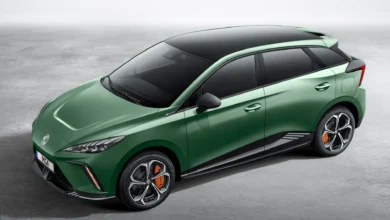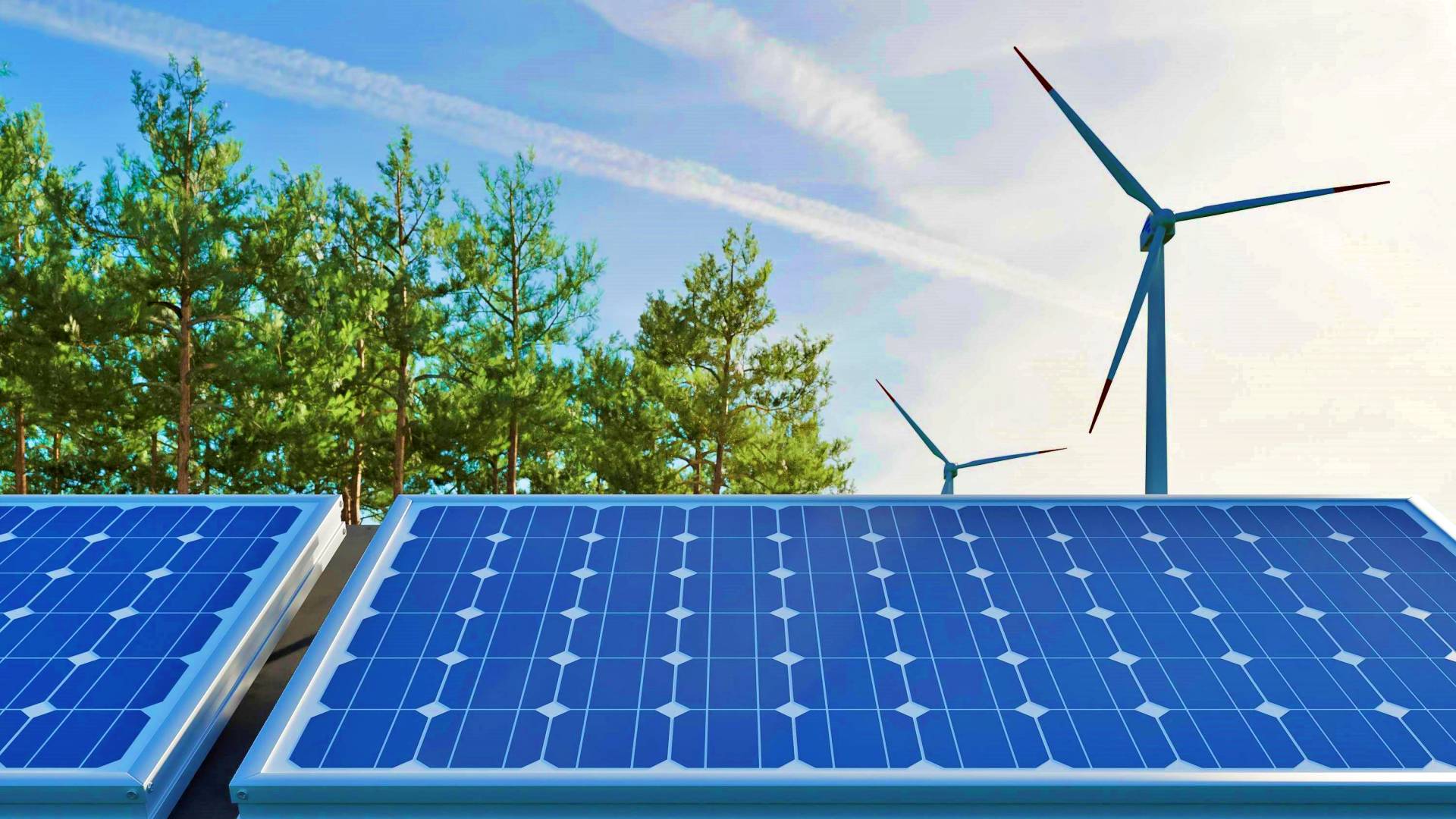
Surely many of you have heard in different conversations that an electrical system cannot be 100% renewable, and that we are going to need backups such as nuclear, gas, or coal. But the latest report from Stanford University puts on the table that the technology is ready, and that it is a matter of investment.
Led by Mark Z. Jacobson, a professor of engineering at Stanford University, the study takes into account the energy needs and capabilities of 145 countries, which together account for 99.7 percent of current CO2 emissions.
The study concludes that we do not need miraculous technologies to solve the many problems of the current format, which is dependent on fossil fuels both for electricity production and for air conditioning in homes and transport.
The idea is to create an electrified society powered by renewable energies with which to provide heat, cold, storage, and transport to people around the world, which will result in a much more efficient and economical energy model.
Specifically, experts indicate that the improvement in efficiency can reach 56% with a fully electric system powered by renewable sources. A reduction that they explain in five reasons:
- The efficiency of electric vehicles compared to combustion vehicles
- The efficiency of electric heat pumps to heat air and water versus combustion heaters
- The efficiency of the electrified industry, eliminating the energy needed to obtain fossil fuels
- As well as certain efficiency improvements beyond what was expected.
An improvement in efficiency will bring, in addition to a huge reduction in emissions, also a reduction in the cost of energy that is quantified by 12% of the average unit, which results in an annual energy cost of 63% lower globally.

No less important are the savings that would be achieved due to the lower environmental impact caused by energy, by reducing social costs by 92%, which are energy costs, health costs plus climate costs.
But how do we feed the world with renewables?
The answer is a system that takes advantage of the multiple possibilities in a generation, but also storage. From onshore and offshore wind, photovoltaic solar energy, concentrated solar energy, thermal solar energy, geothermal systems, hydroelectricity, as well as tidal and sinking energy (tides and waves).
Storage technology will be one of the keys to supporting consumption when renewables do not have a sufficient contribution. There the possibilities are also greater than we can think and the well-known technology of batteries, there are also others with enormous potential such as pumped hydroelectric storage, storage of existing hydroelectric dams, and electricity storage through concentrated solar energy.
There are also alternatives to provide heating in urban areas, such as heat storage in water tanks. A heat that is produced and stored in a centralized location and then channeled through hot water to buildings to heat air and water. There is also the option of heat pumps, applicable to buildings as well as individual private homes.

And what about the cost of the transition?
The study, in addition to indicating that technologically we are ready to leap to a 100% renewable system, also estimates the cost that this transformation will entail. An astronomical cost, but that the report indicates can be recovered much faster than we could expect at first.
According to the conclusions, replacing all the energy in the 145 countries analyzed, which emit 99.7% of the world’s CO2, would cost approximately 62 billion dollars.
A lot of money for sure. But estimates indicate that thanks to energy efficiency savings and environmental impact, countries could reduce energy bills by around 11 billion a year. Therefore, in just six years we would have amortized this leonine investment.
In addition to being a clean energy source for future generations, this change in the energy model will make it possible to create wealth. It is estimated that the installation, maintenance, and development of a renewable system will create some 28 million new qualified jobs, and in the long term.
A new energy model that will not cover the planet with wind panels and turbines either, and it is estimated that all the necessary power will occupy just 0.53% of the earth’s surface, and also the space between wind and solar systems can be used for other applications, such as the agrivoltaics.
Therefore, the report concludes that a new system powered by electricity and renewables will require less energy, cost less, and create more jobs than the current system.
A transition that will have to come yes or yes according to the experts, who set a date for it to avoid an environmental cataclysm, setting the goal of 80% by 2030, 100% by 2035 as the ideal deadline, and 2050 as the last hope.
Source: Stanford.edu


